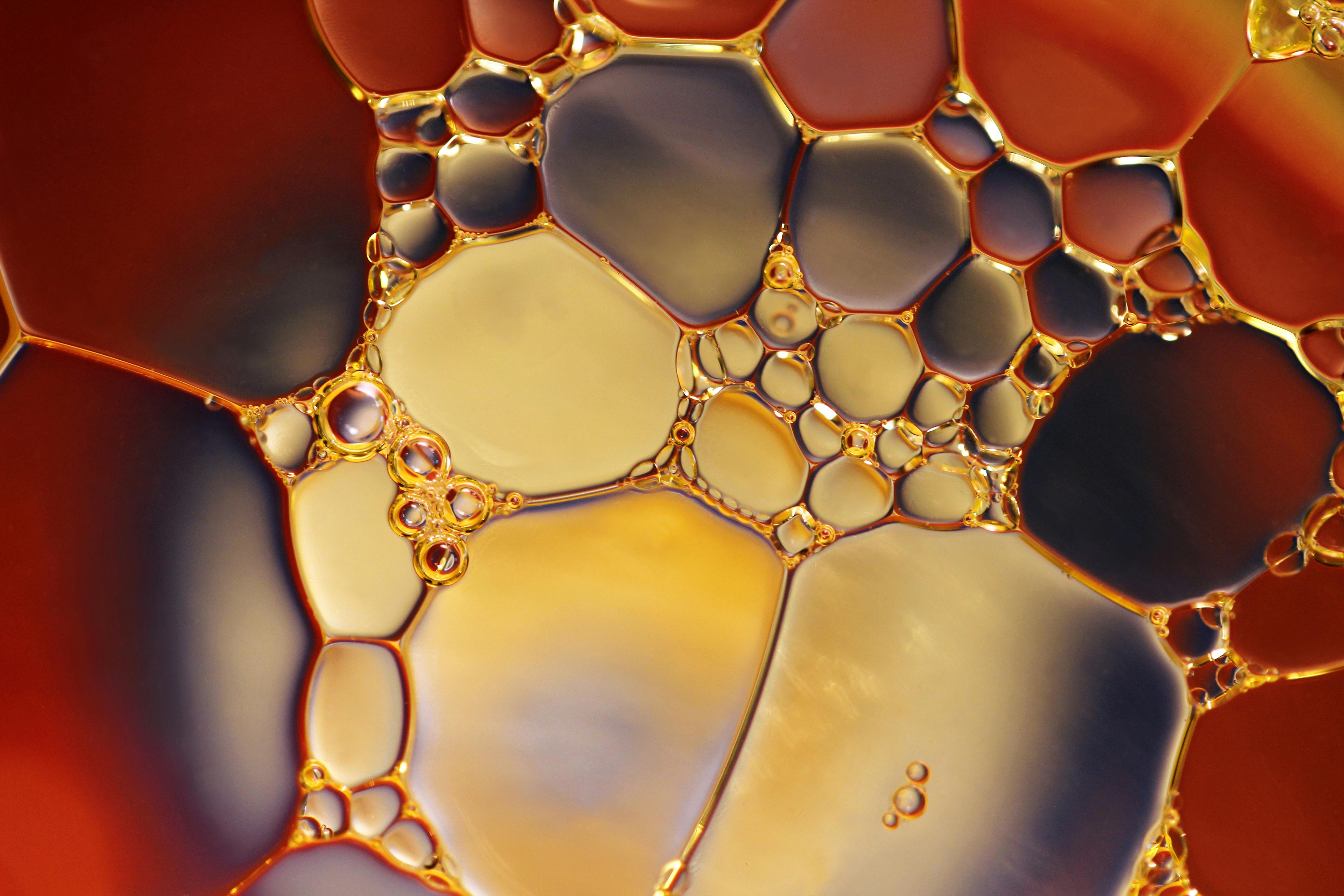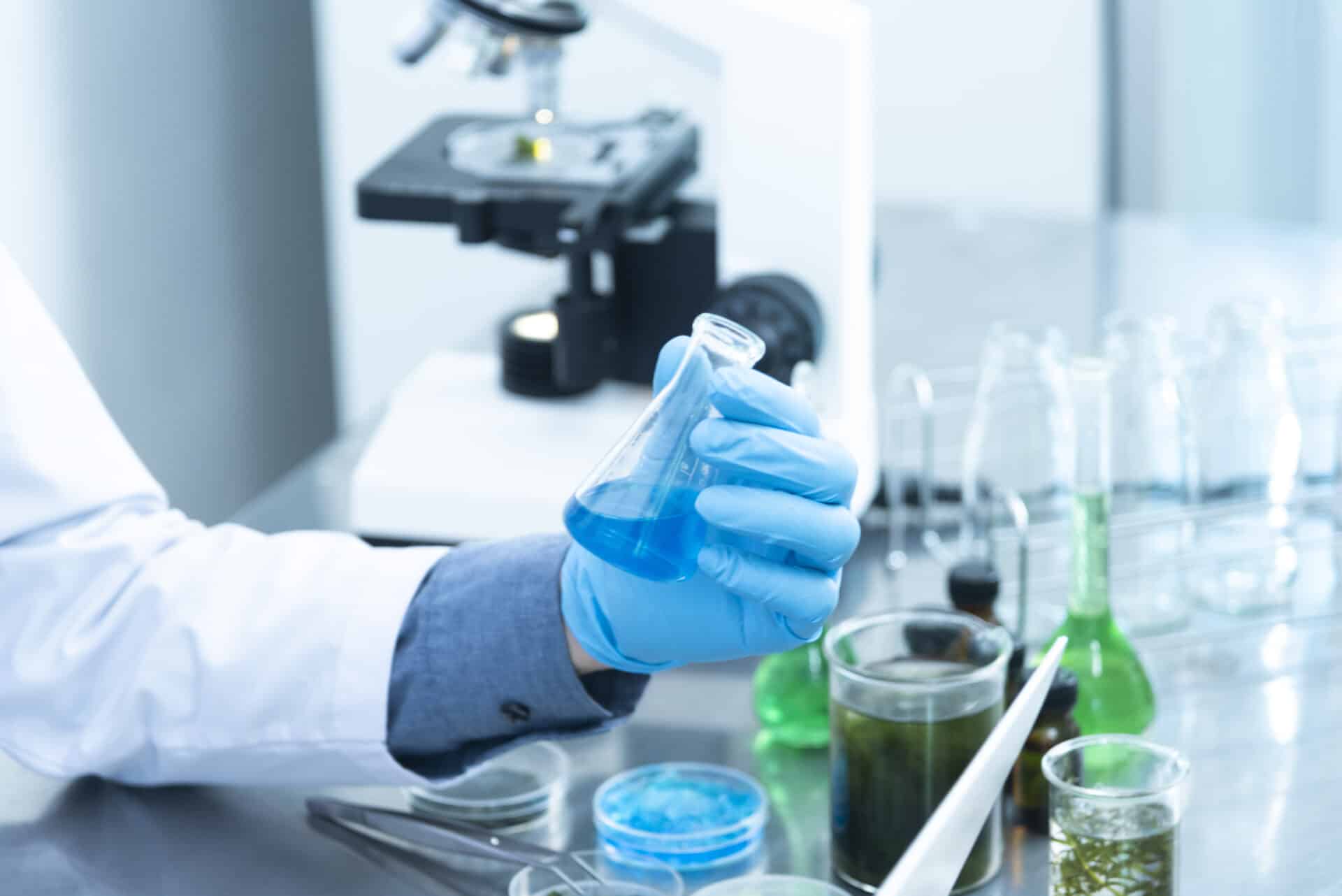Distillation in chemistry is a process that is used to separate mixtures of liquids through the differences in their boiling points. It is a method of separating components of a liquid mixture by selectively boiling and condensing the vapors. This technique can be used to purify or concentrate a given liquid or extract one component from another.Distillation in chemistry is a process used to separate mixtures of liquids through the difference in their boiling points. In this process, the mixture is heated to its boiling point and then passed into a condenser, which cools the vapor and produces a liquid that is relatively pure. The distillate is then collected in a container. It is important to note that distillation does not necessarily mean purification, as some components of the mixture may still remain.
Distillation
Distillation is a process used in chemistry to separate a mixture of liquids into its constituent parts, or components. It is based on the fact that different liquids have different boiling points. The liquid with the lower boiling point will vaporize and be collected as it condenses back to a liquid. The liquid with the higher boiling point will remain in the original container. Distillation is often used to purify liquids, such as water, and to separate mixtures of volatile liquids.
The process of distillation begins with heating the mixture to its boiling point. As it boils, the vapor rises from the mixture and is then cooled in a condenser. As this happens, the vapor condenses back into a liquid, which is then collected in another container. The condensed liquid contains only the components of the original mixture that had lower boiling points than those of other components.
Distillation can also be done on a much smaller scale using laboratory equipment such as glassware and heating plates. This type of distillation can be used to purify small amounts of liquids such as alcohol or essential oils. Distillation can also be used to separate complex
Simple Distillation
Simple distillation is the most basic form of distillation used in chemistry. It is used to separate liquids that have different boiling points. This method relies on the fact that liquids vaporize at different temperatures, so by heating them, one can separate them in a container. The vaporized liquid is then cooled and condensed back into a liquid form. Simple distillation is commonly used to purify water and other solvents with low boiling points.
Fractional Distillation
Fractional distillation is a more sophisticated method of separating liquids with different boiling points. It involves using a fractionating column that contains several theoretical plates which acts as a filter for the vapors. As the vapors rise up through the column, they are cooled and condensed into liquid form, allowing for more precise separation of the components. Fractional distillation is often used to separate petroleum products from crude oil and to separate ethanol from methanol.
Steam Distillation
Steam distillation is another form of distillation used in chemistry that involves using
Distillation in Chemistry
Distillation is a process in chemistry that separates a liquid mixture into its individual components through the process of evaporation and condensation. The process involves heating the mixture to its boiling point, so that the volatile components can evaporate and be collected as a vapor. The vapor is then cooled and condensed back into a liquid, which is then collected as a separate component. Distillation is commonly used in laboratories to separate mixtures of solvents or to purify organic compounds.
In order to perform distillation in chemistry, the first step is to heat the mixture to its boiling point. This can be done either by using a heating mantle or by using an external heat source such as a hot plate or electric stovetop. Once the mixture has reached its boiling point, it will begin to evaporate. As this happens, the volatile components will rise with the vapor and can be collected using a condenser.
The condenser allows for the vapor to cool and form back into a liquid, which can then be collected separately from the original mixture. Depending on the type of distillation being performed,
Advantages Of Distillation In Chemistry
Distillation is a process that is widely used in chemistry to separate and purify liquids. It involves heating a liquid mixture to its boiling point, and then collecting the resulting vapours that condense back into liquids. This process has numerous advantages, including improved purity of the final product, increased yield of desired components, and better control over the composition of the final product.
One of the main advantages of using distillation is that it can be used to separate components from a mixture based on their boiling points, as each component will have its own distinct boiling point. This means that it can be used to purify mixtures with high efficiency, as each component can be easily separated from the others. In addition, distillation also allows for more precise control over the composition of the final product.
Another advantage of using distillation is that it can increase the yield of desired components from mixtures with higher concentrations. This means that more products can be obtained in a shorter amount of time compared to other methods such as fractional distillation or column chromatography.

Advantages Of Distillation In Chemistry
Distillation in chemistry is an extremely useful process, as it allows for the separation of two or more compounds from a mixture. This process has several advantages when compared to other methods of separation. Firstly, it is very efficient at separating components from a mixture, as the boiling points of each component can be used to separate them. Additionally, the distilled liquid is free from impurities, making it a much cleaner product. Finally, this process can also be used to purify solvents and other liquids with a high degree of accuracy and precision.
Disadvantages Of Distillation In Chemistry
Despite its many advantages, distillation in chemistry does have some disadvantages associated with it. Firstly, this process requires a significant amount of energy to complete and can be expensive to implement on an industrial scale. Additionally, there is always the risk that some of the components in the mixture may not completely vaporize during distillation, leading to incomplete separations. Furthermore, some delicate compounds may degrade or react when subjected to high temperatures used during distillation.
Applications Of Distillation In Chemistry
Distillation is a widely used separation technique in chemistry, that involves the separation of substances from a liquid mixture based on their boiling points. It is an effective method for separating mixtures of volatile liquids, such as alcohol and water. The most common type of distillation used in the laboratory is simple distillation, which involves heating a liquid mixture to its boiling point and condensing the vapors that are produced. By doing so, different components of the mixture can be separated from each other based on their respective boiling points.
Distillation is also used to purify liquids. Impurities in a mixture can be removed by performing fractional distillation, which involves heating the mixture and then collecting fractions at different temperatures. This process allows for higher purity products to be produced since fewer impurities remain in the end product.
Distillation has also been used to separate complex mixtures and isolate individual components from them. This technique has been used to separate essential oils from plant materials or to separate components of petroleum-based products such as gasoline and diesel fuels. Additionally, it can be used to separate components of air such as oxygen
Safety Measures for Performing Distillation in Chemistry
Distillation is a process used to separate and purify liquids based on differences in their boiling points. It is a widely used technique in chemistry, and there are numerous safety precautions that must be taken when performing distillation. The following are some of the important safety measures to consider when carrying out a distillation experiment.
Know Your Chemicals
Before beginning any distillation experiment, it is essential to understand the properties of the chemicals involved. Knowing the boiling points, flash points, and other physical characteristics of each chemical will help ensure that the distillation process is conducted safely. It is also important to be aware of any potential hazards associated with a particular chemical, such as flammability or toxicity.
Have Proper Equipment
Using the proper equipment for any distillation experiment is essential for safety. This includes items such as heat sources, condensers, clamps, flasks, and graduated cylinders. Make sure that all equipment is in good working order before starting any experiment.
Conclusion
Distillation in chemistry is an important physical technique used to separate components of a liquid mixture based on differences in the boiling points of the compounds. This method uses heat to vaporize the components, which are then collected and cooled to form a pure liquid. Distillation is a widely used process for purifying liquids, producing essential oils, and increasing the concentration of certain compounds. It is also an essential part of many industries such as petroleum refining, alcohol production, and water purification. Overall, distillation is a versatile process that can be used to obtain pure liquids from complex mixtures.
In summary, distillation in chemistry is an effective tool for separating components of a liquid mixture based on differences in their boiling points. By changing temperatures and pressures within a distillation apparatus, different compounds can be isolated from each other to produce pure liquids with higher concentrations of specific compounds. It can also be used for purifying liquids or producing essential oils. The versatility of this process makes it an important tool in many industries across the world.

